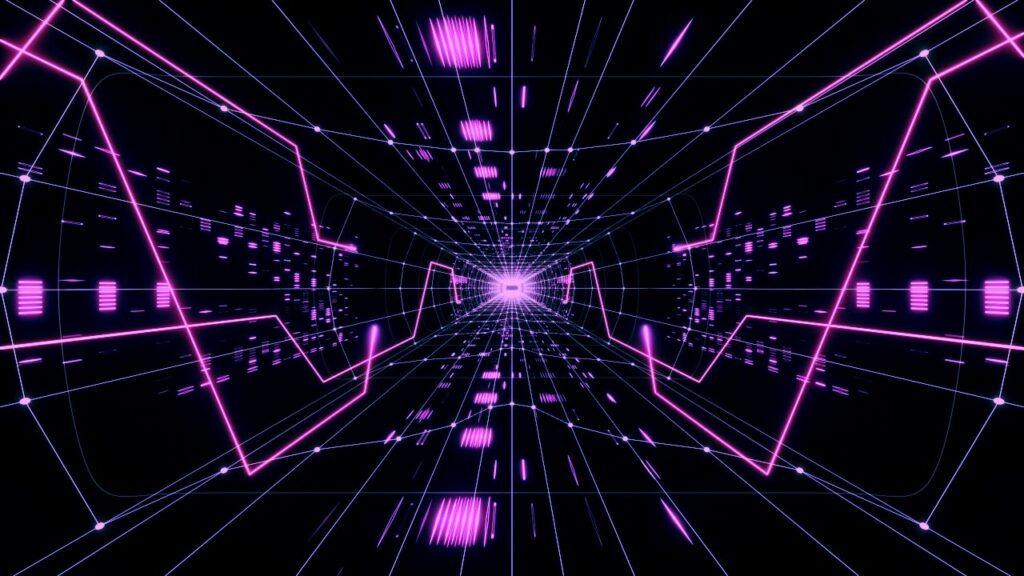A 30-year-old open-source file format adopted by Apple is getting a makeover amid the hype around the idea of a borderless metaverse.
In a press briefing ahead of this week’s GPU Technology Conference, Nvidia’s vice president of Omniverse, Richard Kerris, described Universal Scene Description (USD) as the “HTML of 3D.”
The Nvidia Omniverse hardware and software platform supports the file format as a pillar of building a collaborative metaverse through which companies can create and render complex 3D worlds, AI models, and animated avatars.

At Tuesday’s conference, participants discussed the USD format. “As a way to share and reuse hundreds of thousands of 3D assets across various virtual reality applications”.
The USD format enables the collaborative rendering of 3D assets and virtual environments. Moreover, it has the potential to link them all together in a “metaverse”. Therefore, this could theoretically connect games like Minecraft and Roblox.
According to Kerris, the file format is “an important element”. Indeed, “it allows all of the software to leverage the virtual worlds we’re talking about”.
USD serves as a platform for sharing virtual sets, animations, materials and other 3D assets among applications or virtual worlds. Additionally, it is a tool for building collaborative live scenes that takes position, object orientation, color, layer, etc. into account. USD has composition operators that combine all of these variables.
At runtime, an engine reads the procedural description of how to assemble a scene from shared assets, such as animations, models, or other virtual creations. In a recent collaboration, Nvidia and Apple both described the rigid body physics simulations.
Sebastian Grassia, project manager for universal scene description at Pixar, said, “This is actually the most complete description we’ve seen,”. “It allows for robust exchange of not only geometry, but also shading materials, lighting, and how things are rendered.”









 and then
and then